Your focal length in photography determines how close, or large, your subject appears. For instance, a long focal length such as 200mm makes distant subjects appear much closer and larger.
In contrast, short focal lengths such as 18mm make subjects appear smaller and further away and are ideal for photographing vast landscapes. Yet, focal length affects your photography in other ways. For example, longer focal lengths are better able to blur backgrounds, compress scenery, and produce more flattering portraits. Hence, understanding the creative utility of focal length will help you produce better looking, more dramatic photos.
Contents
- What Does Focal Length Mean
- How does Focal Length Affect your Photos?
- What is an equivalent focal length?
- Best Focal Lengths
- Choosing a lens
What does focal length mean in photography?
Expressed in millimeters, the focal length in photography is the distance between the point incoming light converges inside the lens and your camera’s sensor. If that distance is 50mm, then your lens focal length is 50mm.
Fortunately, I can assure you this information is quite useless unless you plan to make lenses for a living. That said, if you ever wondered why zoom lenses are longer, then that’s why.
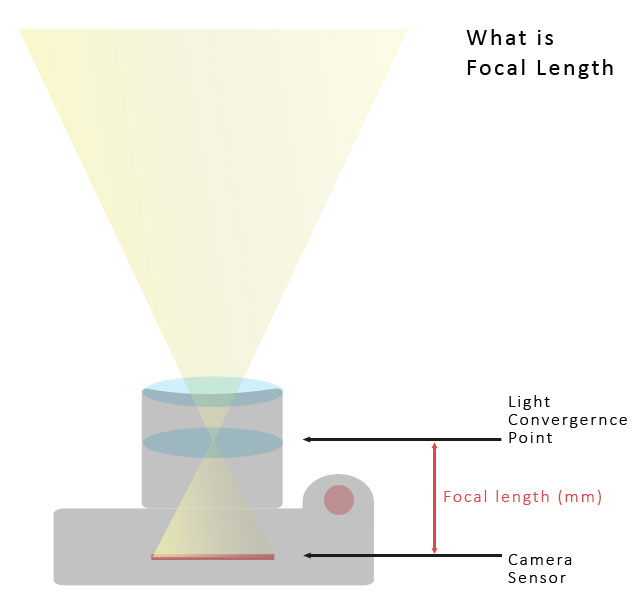
How does focal length affect your photo?
Focal length in photography affects your photo’s appearance in 3 ways. Angle of view, depth-of-field, and the perceived distance between your photo’s foreground and background.
1. Angle of View
Measured in degrees, your angle of view is the amount of a scene your camera’s lens can see. The shorter your focal length, the wider your angle-of-view becomes. In contrast, the longer the focal length, the more narrow your angle-of-view becomes.
Short focal lengths for wide Angles of View
The shorter your focal length, the wider your angle of view. For example, a short focal length such as 28mm will provide you with a wide-angle of view of approximately 75-degrees on a full-frame camera. If that’s not enough, an 18mm lens will provide you with an ultra-wide angle of view of 100 degrees.

As a result, wide-angle lenses are often used to capture vast scenes such as landscapes and are used by wedding photographers for group photos.
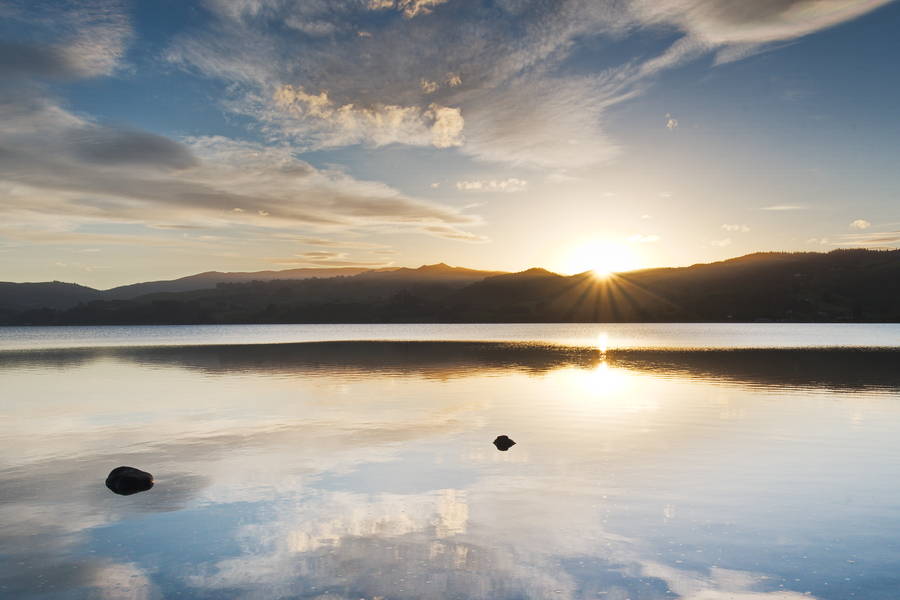
Long focal lengths for narrow Angles of View
The longer the focal length, the narrower your angle of view becomes. For instance, a 200mm lens on a full-frame camera delivers an angle of view of 12 degrees. If you need more zoom, a 500mm lens delivers less than 5-degrees.
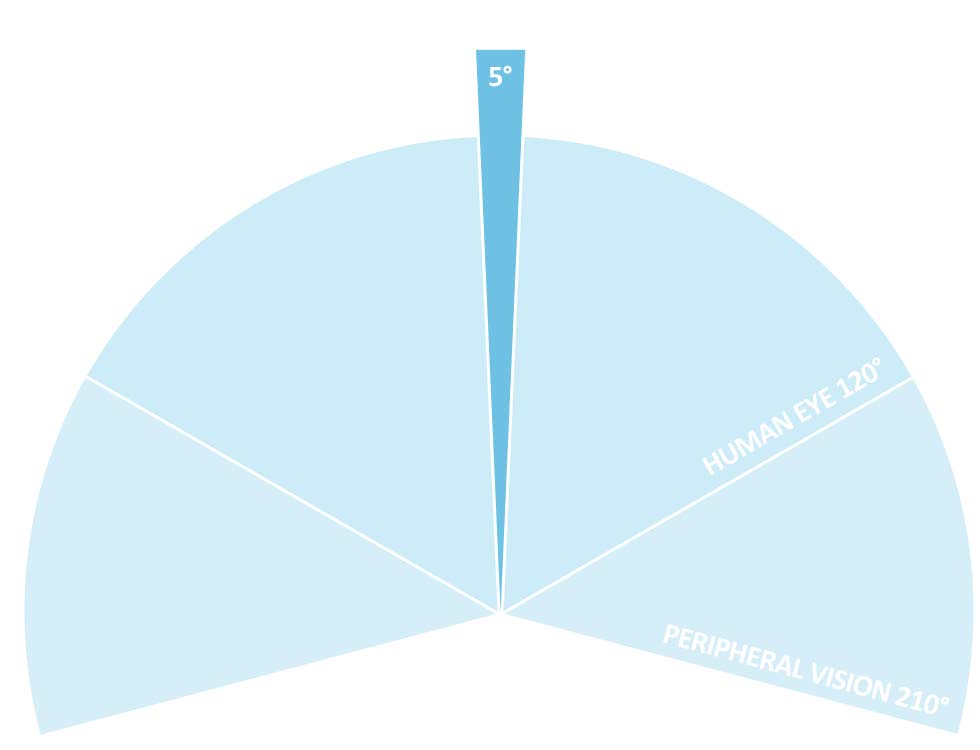
With such a narrow angle-of-view, there’s little room in your photograph for anything but your subject. Therefore, your subject fills the photo appearing magnified as a result. As a result, lenses with long focal lengths are great for portraiture, sports, and wildlife photography.
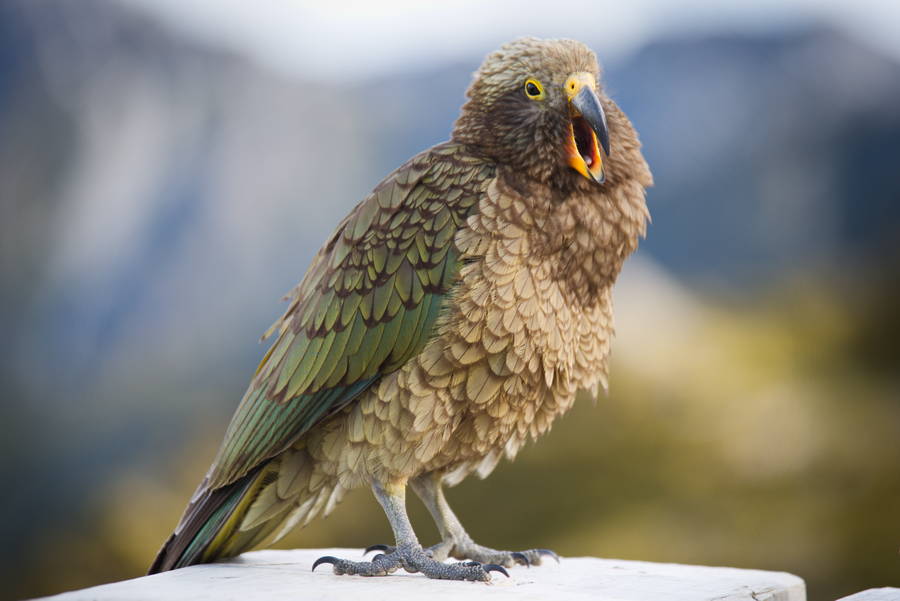
2. How Focal Length affects Depth of Field.
Depth-of-field is determined by both your focal length and aperture and is a measure of how much of your photo appears sharp.
For instance, a shallow depth of field results in a photo where your subject is sharp but their background is blurred. Whereas a deep depth-of-field can mean everything in your photo appears sharp. Read about depth-of-field.
And the longer your focal length, the more shallow depth-of-field becomes. For example, if both lenses are set to the same aperture, an 85mm lens has a shallower depth of field than a 50mm lens. Read Ultimate Guide to Aperture.

Therefore, your choice of focal length depends on more than just your subject’s distance. For instance, portrait photographers often use long, powerful focal lengths. Not because they need to get closer, but because they want increased background blur.
3. Focal length and Perspective
You can use focal length to alter the perceived distance between your photo’s foreground and background. This is a hugely powerful trick that can revolutionize your photography.
For instance, if you use a short focal length such as 28mm, your subject’s background will appear smaller and more distant than it actually is. In fact, you may have noticed this in your own photography where a distant object, such as a mountain, appears tiny in your photo despite been impressive in real life.
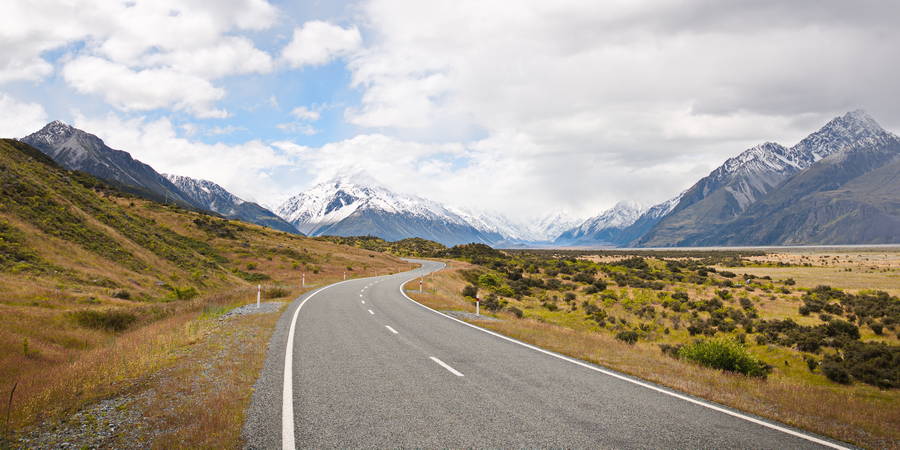
In contrast, long focal lengths do the opposite and appear to shrink the distance between your photo’s foreground and background. As a result, a distant mountain appears larger, closer, and more impressive.
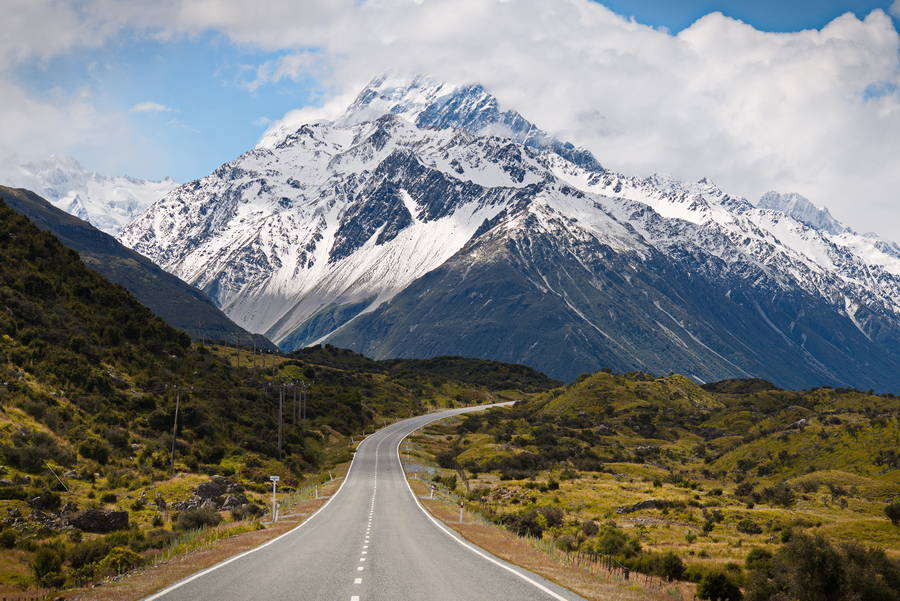
The image below helps to illustrate this effect. On the left, we have a photo taken with an ultra-wide-angle lens and a photo taken with a powerful telephoto zoom on the right.
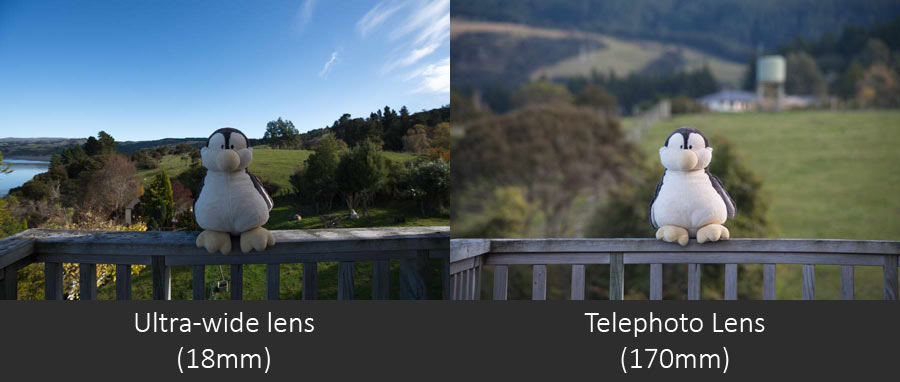
Look how different the backgrounds appear despite my subject appearing the same size in both photos. If you can master this technique, your photography will advance significantly.
How Sensor Size affects Focal length
Your lens’s angle-of-view and perspective are also affected by the size of your camera’s sensor or film. For instance, a sensor twice as large will always see twice as much at any given focal length.
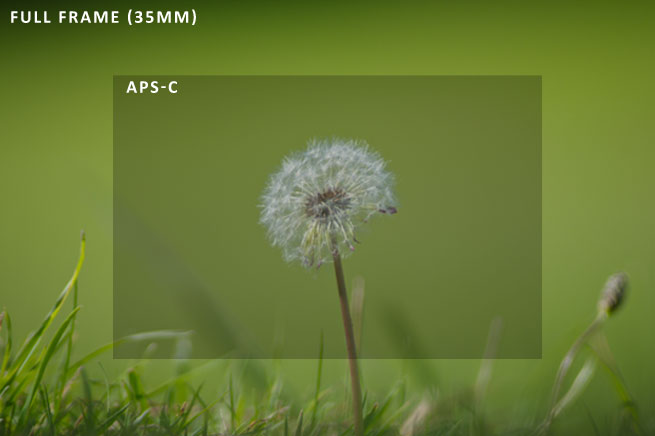
For example, the illustration above features two photos taken with a 300mm lens. One photo was taken with a full-frame camera, whilst the other was taken with a camera featuring a half-sized APS-C sensor.
As you can see, the photo taken with the full-frame camera is larger and wider. This is because the sensor itself is also larger and wider. On the other hand, the half-sized APS-C image produced an image half the size
As a result, and despite both cameras using a 300mm lens, the full-frame camera gets an 8-degree angle of view compared to just 5-degrees on the smaller APS-C-based camera.
In other words, the image appears more zoomed-in on the APS-C-based camera. In fact, the 300mm lens is providing the APS-C camera the same 5-degree angle-of-view as a 450mm lens does on a full-frame camera.
Therefore, the 300mm lens is delivering an angle of view equivalent to a 450mm lens on full-frame
What is Equivalent Focal Length
Equivalent focal length helps you anticipate a focal length’s angle of view across cameras with differently sized sensors.
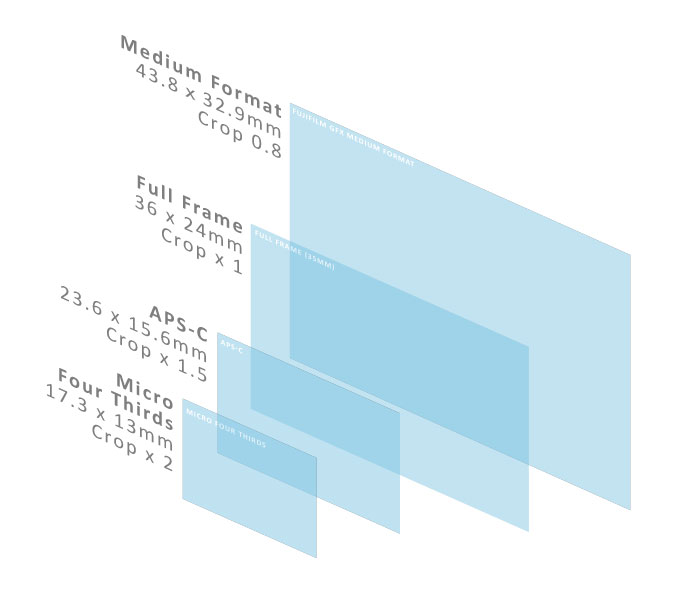
For example, a 50mm lens delivers a 47-degree angle-of-view on a full-frame camera and is ideal for everyday photography. Yet, mount the same 50mm lens onto an APS-C-based camera, and your angle of view narrows to 31-degrees.
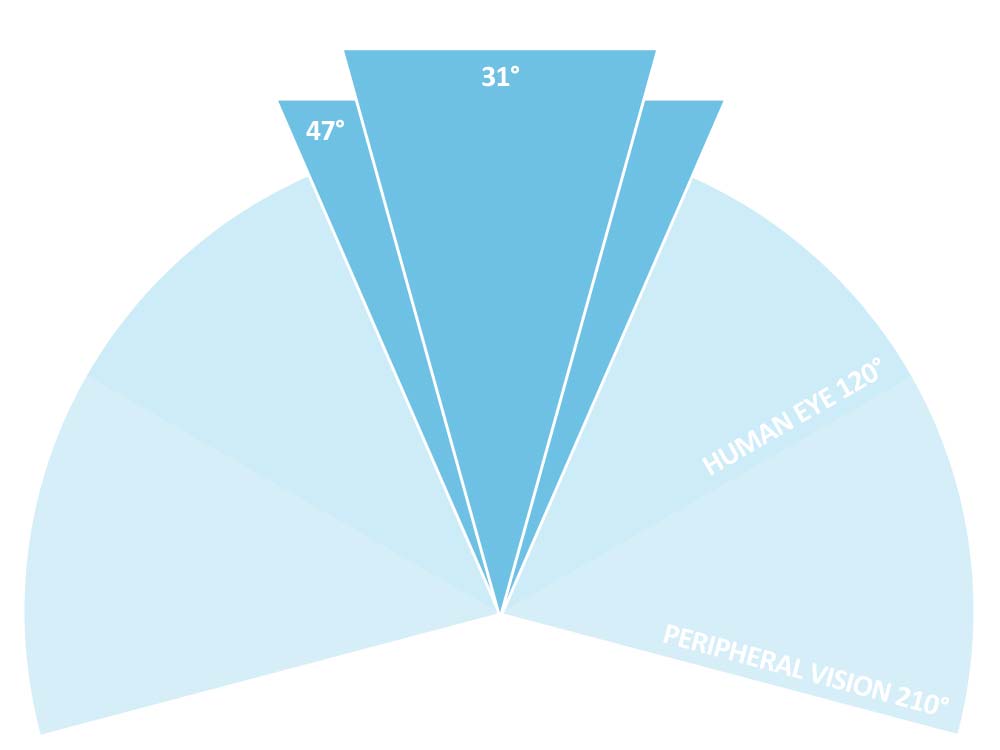
Since 31-degrees is far too narrow for everyday photography, you may wish to know which focal length gives you a 47-degree angle-of-view on your APS-C camera.
Or, to put it another way, which focal length on APS-C provides a view equivalent to a 50mm lens on a full-frame camera. The answer is 33mm.
How to calculate equivalent focal lengths
To identify an equivalent focal length, you must first determine the correct crop factor using the instructions below. Alternatively, download this crop factor chart.
1. How to calculate crop factor
To find out your crop factor, simply divide one sensor’s diagonal by the others. In this case, I aim to convert full-frame focal lengths to APS-C. Therefore, I will divide the full-frame diagonal with APS-C’s. You can find sensor dimensions here.
Full-frame diagonal / APS-C diagonal = Crop Factor
43.27mm / 28.9mm = 1.5 (rounded at bit)
2. How to calculate equivalent focal length
Having determined your crop factor, divide your full-fame focal length by it
Full-Frame Focal Length / Crop Factor = APS-C Focal Length
50mm / 1.5 = 33mm
Therefore, the APS-C equivalent to a 50mm lens on a full-frame camera is 33mm. Both will get you to that 47-degree field of view.
Popular equivalent focal lengths
The table below lists popular focal lengths for full-frame and the equivalent focal lengths and crop factor for cameras with APS-C and Micro Four Thirds sensors.
| Lens Type | Full Frame Crop x1 | APS-C Crop /1.5 | MFT Crop /2 |
|---|---|---|---|
| Ultra-Wide Angle | 18mm | 12mm | 9mm |
| Wide Angle | 28mm | 18mm | 14mm |
| Standard | 35mm | 23mm | 17mm |
| Standard | 50mm | 33mm | 25mm |
| Medium Telephoto | 85mm | 56mm | 42mm |
| Telephoto | 200mm | 133mm | 100mm |
Best Focal Lengths
Whilst the results justify the means, it is true that some focal lengths are more effective than others for particular genres of photography.
Below are the best focal lengths for,
Best focal length for Portraits
The 85mm lens is one of the very best options. First, the longer reach means you won’t invade your subject’s personal space. Second, since most 85mm lenses feature large, bright F1.2 to F1.8 apertures, you will be able to blur the subject’s background into oblivion. Finally, unlike shorter focal lengths, an 85mm lens won’t distort your subject’s features.
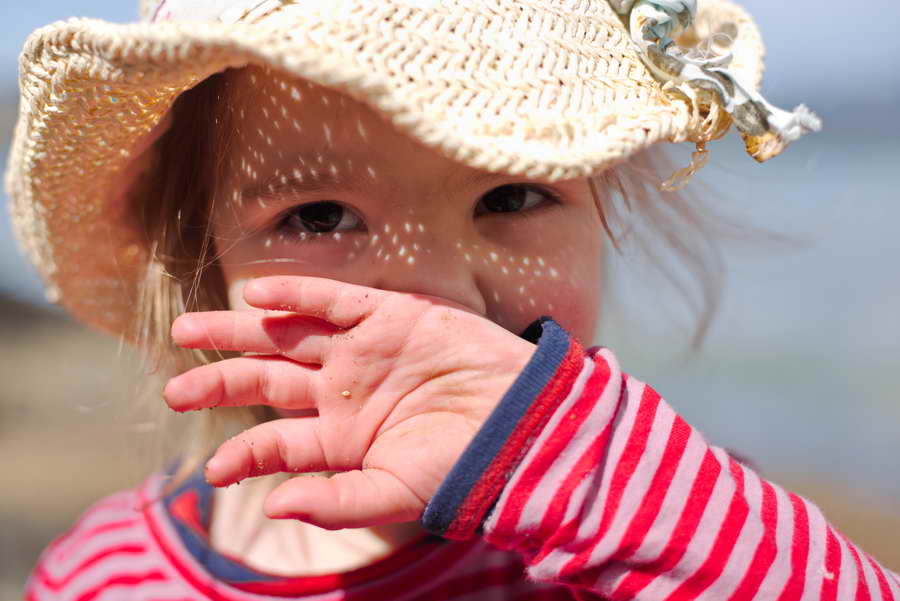
Alternatively, lenses with a 50mm focal length tend to be much more affordable. Although you will lose a little reach, you can still get great results. Read about affordable and excellent 50mm lenses.
On the other hand, some prefer the flexibility of zooms and particularly the 70-200mm. Whilst wedding photographers enjoy using the 24-70mm lens.
Best focal length for Landscape Photography
Conventional wisdom points towards short focal lengths such as 24mm and 28mm as both provide a wide field of view and substantial depth of field.
However, the background compression effect of telephoto lenses provides an opportunity to make scenes appear larger, more imposing, and dramatic.
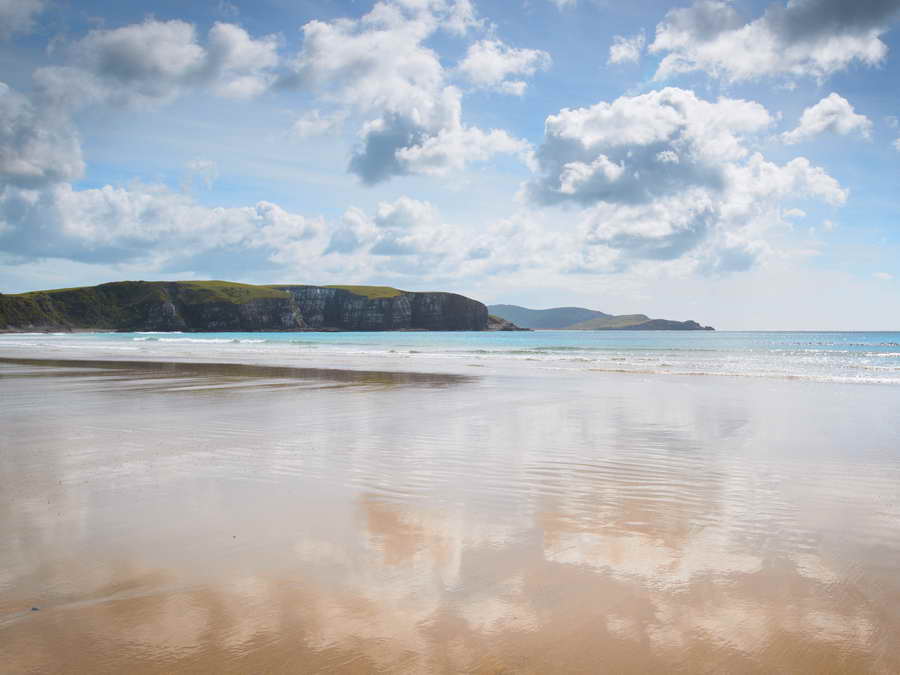
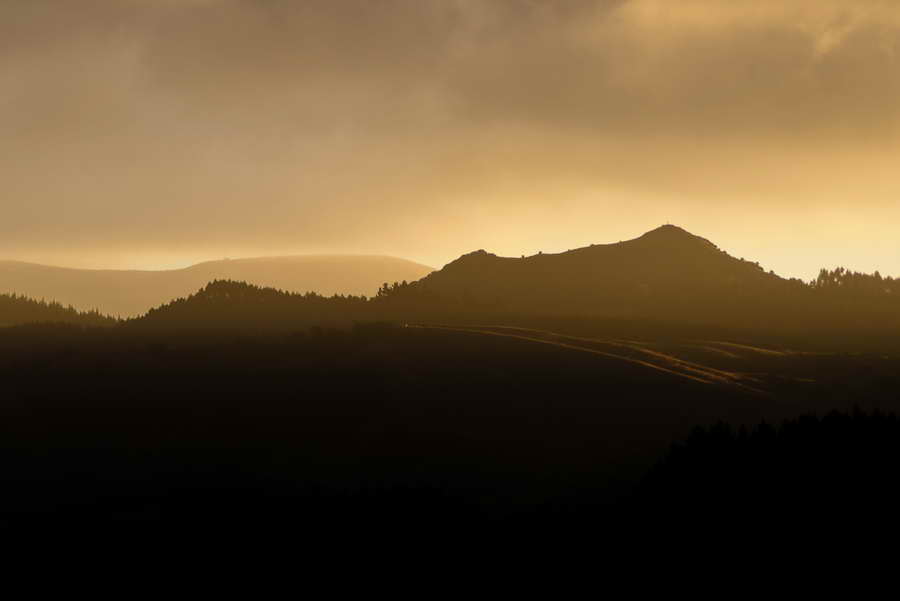
Best Focal Length for Sports and Wildlife Photography
Usually, you will need longer focal lengths since you may have no control over the distance between you and your subject.
The 70-200mm zoom lens has always been a mainstay in sports photography whilst wildlife photographers will want as much reach as they can afford.
If you are shooting fast-moving subjects, you should beware of cheaper telephoto lenses with slow, dim apertures since you will be using faster, light-starved shutter speeds. Unfortunately, lenses that combine long focal lengths with fast apertures are both heavy and expensive.

Best Focal Length for Astrophotography
If you are photographing the moon, you need as much reach as possible – at least 500mm for a detailed shot.
On the other hand, if you wish to photograph the stars you will want to use the shortest focal length possible since wide-angle lenses are less affected by star-trailing (star motion blur)
To illustrate, you can expose for 35 seconds with a 14mm lens whilst maintaining pin-sharp stars. Whereas a 28mm lens will blur the stars after 17 seconds. Read Beginners Guide to Astrophotography
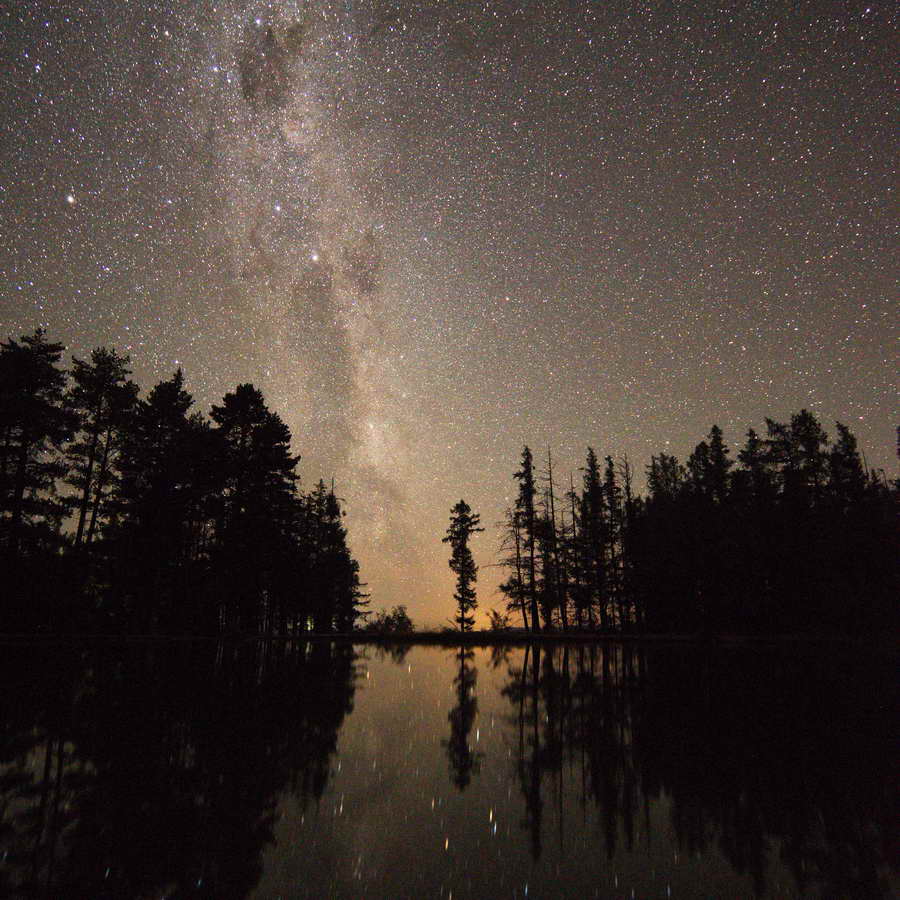
Best Focal Length for Street Photography
28mm and 35mm are the most popular focal lengths for street photography since the typical objective is to capture people living in their environment.
Shorter focal lengths will reduce the person’s presence in the scene whilst Longer focal lengths will reduce the environment around them resulting in a shot that looks more like a portrait.
The 28mm focal length is the preferred focal length of smartphones since its so suitable for everyday photography.
Choosing a lens
Where to find focal length on your lens
Your lens’ focal length is usually specified next to lens’ front element. In this case, we have a typical Nikon DSLR kit lens with a variable focal length (zoom) of 18-55mm, an aperture of 3.5-5.6, and a minimum focus distance of 25 centimeters at 55mm.
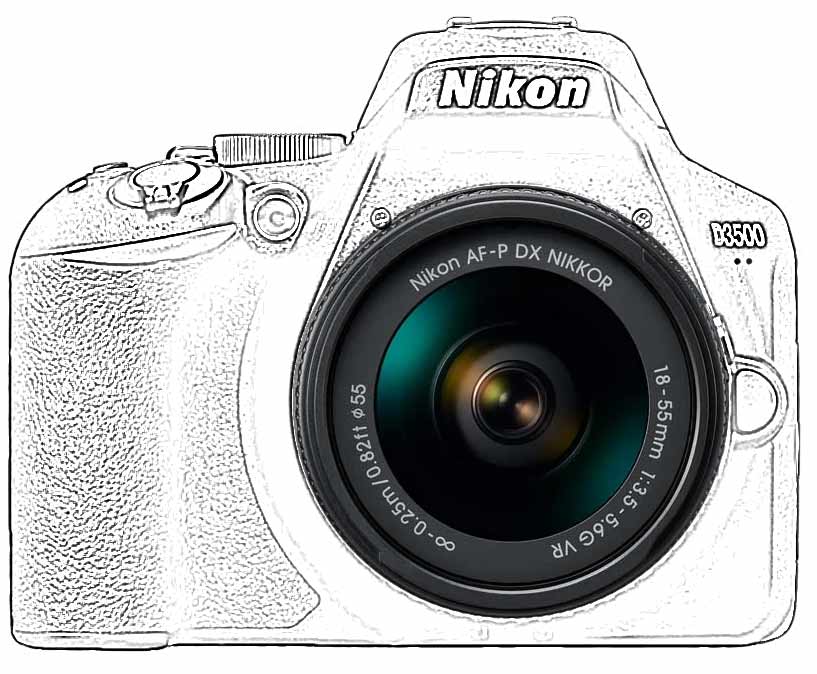
Prime vs Zoom Lens
Zoom lenses offer convenient and immediate access to multiple focal lengths – ideal for chasing and re-framing moving subjects, or photographers looking to avoid the burden of carrying multiple lenses. Typically, the longer the zoom range – the more optically compromised the lens becomes.
Prime lenses operate at a fixed focal length and as such, are optimized to do so. As a result, prime lenses are often smaller, much sharper, and brighter (larger aperture) than their zoom counterparts. However; you have the inconvenience of changing lenses and less flexibility when photographing moving subjects.
Even so, if you do find yourself using the same focal lengths often – a prime lens may be a good option.
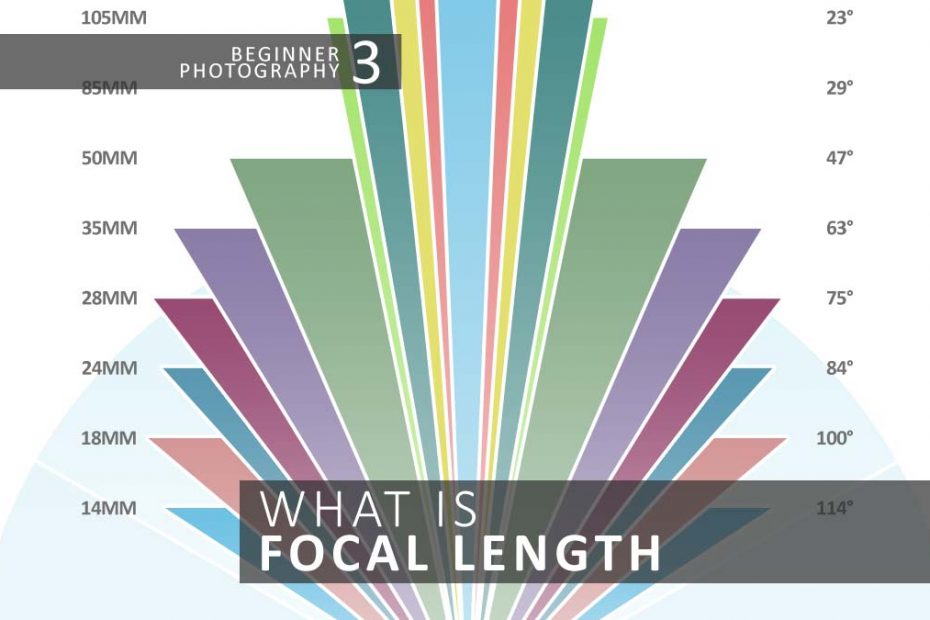
Great information. Well explained and I loved the examples.